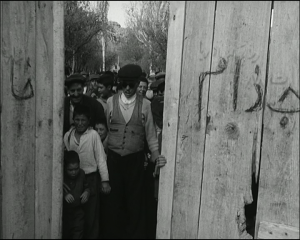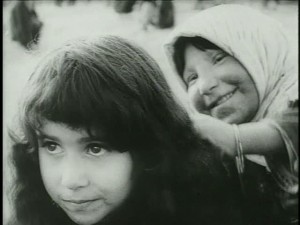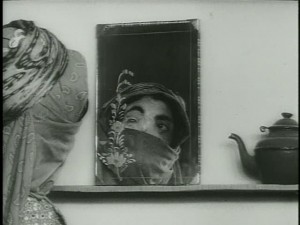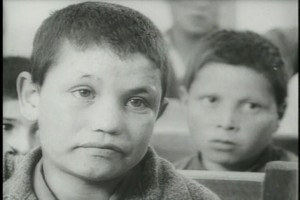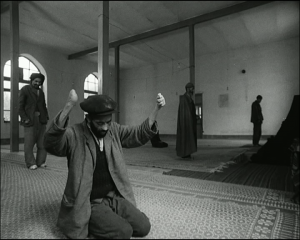From the Chicago Reader (March 7, 1997). Note: The film is now available with English subtitles. — J.R.
The most powerful Iranian film I’ve seen is this 22-minute black-and-white 1962 documentary made by Forugh Farrokhzad (1935-1967), commonly regarded as the greatest 20th-century Persian poet. It’s her only film and its subject is a leper colony in northern Iran. Part of what’s so special about it is its seamless adaptation of the techniques of poetry to the techniques of film, in which framing, editing, sound, and narration all play central roles. At once lyrical and extremely matter-of-fact — without a trace of sentimentality or voyeurism, yet profoundly humanist — Farrokhzad’s view of everyday life in the colony (children at school and at play, people eating, various medical treatments) is spiritual, unflinching, and beautiful in ways that have no apparent Western counterparts; to my eyes and ears, it registers like a prayer. This extremely rare film has never been subtitled, but at a symposium on Farrokhzad’s life and work, Chicago filmmaker Mehrnaz Saeed-Vafa will follow a video screening of The House Is Black with a discussion in English. Preceding this will be the premiere of a video documentary in English that I haven’t seen, Mansooreh Saboori’s I Shall Salute the Sun Once Again, and a discussion with Saboori. (A second screening of The House Is Black the next day in Evanston will be followed by a discussion with Hossein Khandan in Persian.) Northeastern University Commuter Center Alumni Hall, Bryn Mawr and Central Park, Friday, March 7, 8:00 (I Shall Salute the Sun Once Again) and 9:30 (The House Is Black); also Evanston Public Library, 1703 Orrington, Evanston, Saturday, March 8, 1:30; 847-864-8807 or 847-475-8141. –Jonathan Rosenbaum

